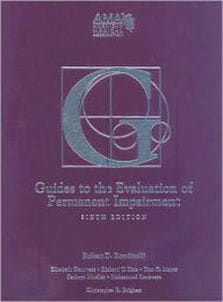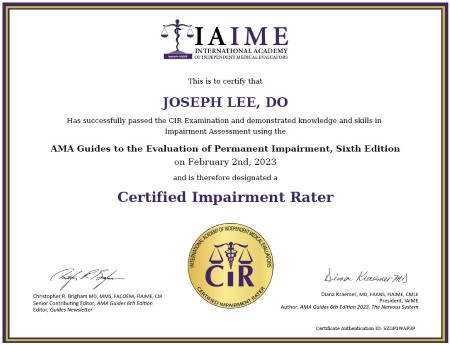The Sixth Edition represents the continued evolution of impairment evaluation. Many states require the use of the “most recent Edition” of the Guides either by statute or code. The most recent edition is the standard for U.S. Federal workers’ compensation cases (Federal Employee’s Compensation Act). This is the international standard used in Australia, Canada, Hong Kong, Korea, New Zealand, and South Africa.
Resources
AMA Guides, Sixth Edition – Mastery — extensive resources for learning and using the Sixth Edition.
Published in December 2007 by the American Medical Association, the Sixth Edition reflects significant evolution in the impairment-evaluation process. The Sixth Edition provides a consistent methodology with a more rational basis for defining impairment. It was designed by a consensus process to improve the reliability of impairment ratings and, therefore, to reduce conflict, increase fairness, and ease resolution. Impairment values overall are similar to the values assigned in the Fourth and Fifth Editions; however, corrections have been made for certain ratings provided in prior Editions, and impairment ratings are now provided for certain conditions that do result in permanent functional deficits but in the past were not ratable.
The standardized methodology is applied to each chapter to enhance the relevancy of impairment ratings, improve internal consistency, and promote ease of application to the rating process. This ordered method enables busy physicians to become proficient with the ratings for multiple organ systems and to anticipate how each chapter is organized in order to better assimilate the information.
The Sixth Edition applies both terminologies and an analytical framework based on the International Classification of Functioning, Disability, and Health (ICF) to generate five impairment classes that permit the rating of the patient from no impairment to most severe. A diagnosis-based grid has been developed for each organ system. The grid arranges commonly used ICD-9 diagnoses within the five classes of impairment severity according to the consensus-based dominant criterion.


